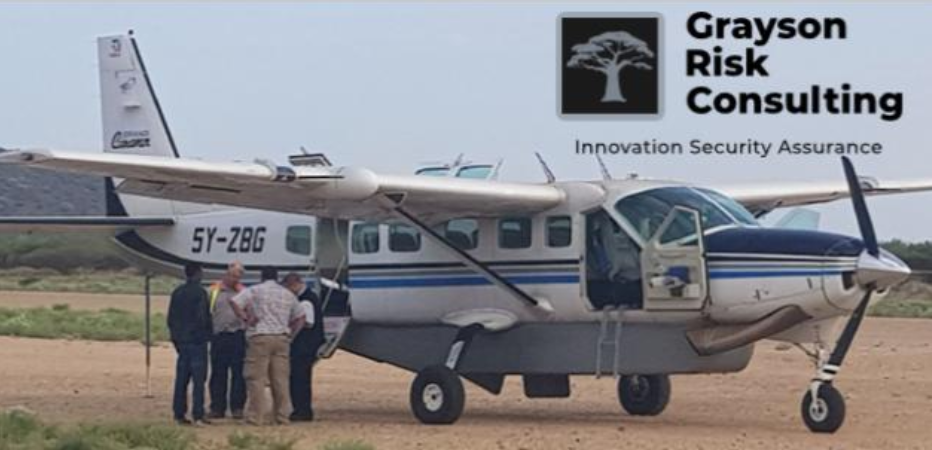1. Acknowledge the Challenge—and Your Strengths
First, recognize that while you may not have formal aviation qualifications, your risk management expertise is a strong foundation. Aviation risk management shares many principles with general risk management, such as identifying threats, assessing vulnerabilities, implementing controls, and monitoring. Your ability to think critically, plan strategically, and collaborate across departments will be invaluable.
2. Build a Cross-Functional Risk Management Team
You don’t have to do this alone. Assemble a team of stakeholders who can contribute their expertise to the risk management process. This team might include:
- Travel Managers: They understand the corporate travel process and operational use cases.
- Legal and Compliance Officers: They ensure your policies align with organizational and broader regulatory requirements.
- HR Representatives: They address traveler well-being, training needs, and best practices.
- Finance Team Members: They help evaluate the cost-effectiveness of risk mitigation measures.
- External Consultants: Engage expert aviation safety and auditing consultants to support and confirm the required assurance.
By leveraging this team's collective knowledge, you can identify risks and create a comprehensive aviation risk management standard without needing to be an expert yourself.
3. Educate Yourself on Aviation Risks
While you don’t need to become a pilot or an aircraft mechanic, a basic understanding of aviation risks is essential. Focus on understanding:
- Airline Safety Risk Management: Managed through access to airline safety databases, considering aviation safety, airline, and country factors as the three key areas.
- Charter Aviation Risks: Assessed by qualified consultants who review Historical Safety Reviews (HSR), conduct research and interviews with the operator, and perform physical audits of operations, maintenance, and aircraft against recognized industry or client standards.
- Operator Safety Records: Includes pilot qualifications, aircraft maintenance, and regulatory compliance.
- General Aviation Safety Practices: Based on international standards set by organizations like the International Civil Aviation Organization (ICAO) and the International Business Aviation Council (IBAC).
Online resources like the IOGP/International Association of Oil & Gas Producers Aviation Safety resources can help you build this knowledge.
4. Identify Aviation Risk Assessment Frameworks and safety auditors.
Research aviation safety frameworks and adequately qualified and accredited consultants relevant to your industry and use cases. These professionals provide structured processes for evaluating risks associated with corporate aviation.
Due to the lack of skills and competence in small and medium-sized organizations to conduct this internally, it is instrumental to use suitably qualified and accredited consultants and aviation safety auditors who apply industry-aligned risk management methodologies.
5. Commercial Airline vs Chartered Aviation Safety
Managing commercial airline travel safety requires very different controls and processes from chartered aviation.Your organization’s travel agents and employees generally manage risks related to airline safety by utilizing airline safety databases to confirm that the airline they use meets the acceptable safety requirements established by your organization before buying an airline ticket. However, the management of chartered aircraft generally requires the intervention of an external aviation safety consultant who may need to begin the safety assurance process weeks or months before a charter is used. This process can include:
- Desktop reviews,
- Onsite safety audits and assessments
- Safety databases.
6. Establish Clear Policies, Procedures, and management tools
Document your risk management policies to ensure consistency and accountability. Key elements should include:
- Traveler Training: Educate employees on safety, protocols, procedures, and aviation risk management based on your organization's requirements.
- Database of Approved Airlines: Use a global database that maintains an up-to-date record of reviewed and safety-accredited airlines.
- Approved and Accredited Aviation Safety Consultants: Screen, vet, and identify experienced, qualified, and recognized aviation safety consultants to assist with airline queries and charter aviation safety assurance.
7. Collaborate with External Experts
Don’t hesitate to seek external support. Aviation risk management consultants, insurance providers, and travel management companies can offer valuable insights and resources. They can help you navigate complex aviation regulations, conduct safety audits, and recommend best practices.
8. Foster a Culture of Safety and imbed controls into the travel process
Understand the importance of creating a culture that shares safety responsibility and embeds safety controls into your business systems and processes. This is the best way to support the implementation of the required safety controls. Encourage employees to:
- Embed aviation safety controls into your business processes.
- Identify and report safety concerns or incidents.
- Adhere to travel policies and procedures.
- Participate in training sessions on aviation safety.
9. Regularly Review and Improve Your Standard
Aviation risks are constantly evolving, so your risk management standard should too. Conduct regular reviews to ensure your policies remain practical and up-to-date. Solicit feedback from travelers and stakeholders to identify areas for improvement.
10. Communicate Your Success
Once your Corporate Aviation Risk Management Standard is in place, communicate its value to leadership and employees. Highlight how it protects the company’s people, assets, and reputation. This will demonstrate your leadership and secure buy-in for ongoing support and resources.

